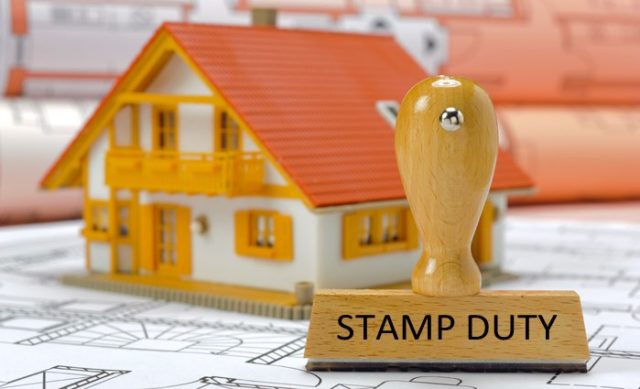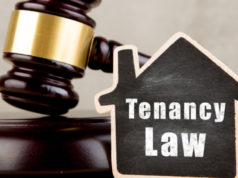While purchasing a new house is considered a lifetime achievement task, there comes another tedious process before you finally relax! There are certain taxations and paperwork you need to do prior to setting up your new home.
Stamp Duty & Registration Charge
The government levies a compulsory tax on property as a legal evidence that the property belongs to you, which is called the “Stamp Duty”. The 1908 Registration Act states that when the purchaser buys/transfer the property, he/she should pay the registration charge for the property.
‘Stamp Duty’ and Registration Charges are the paperwork transaction done in confirmation of owning a property. As a buyer, it is your responsibility to pay the tax and register your home with the government in order to avoid legal complications. The registration charge has to be paid separately at the respective Registrar/Sub-Registrar’s Office after the payment of Stamp Duty.
E-stamping is the payment of tax done online either through RTGS or NEFT. However, it is not applicable in all states. If the registration is done with the executor’s approval at the registrar’s office, this procedure is called the non-judicial stamp paper method.
Stamp Duty Calculator : How is Stamp Duty Calculated ?
Stamp Duty is calculated based on the above-mentioned categories such as market value, type, location, etc. Between the agreement value of a property and the circle rate (the minimum value of a plot/apartment which is for sale/transfer), the Stamp Duty is calculated on the higher value.
What are the documents needed for the registration of Stamp Duty ?
One needs to keep the following documents at hand in order to register a property and pay the Stamp Duty.
- Signed & Paid receipt of the Stamp Duty
- Any of the ID Proofs from the lists: Aadhar Card, Pan Card, Driving License, Passport, Voter ID, etc.
- Another ID proof by witnesses
- Paid Tax receipt for the past 3 months
- No Objection Certificate
- Tax Clearance/No Due Certificate
- Power of attorney, sale deed, conveyance deed and other relevant property documents
- Electricity Bill
- Pattadar Passbook
Passport Size Photographs- 2










